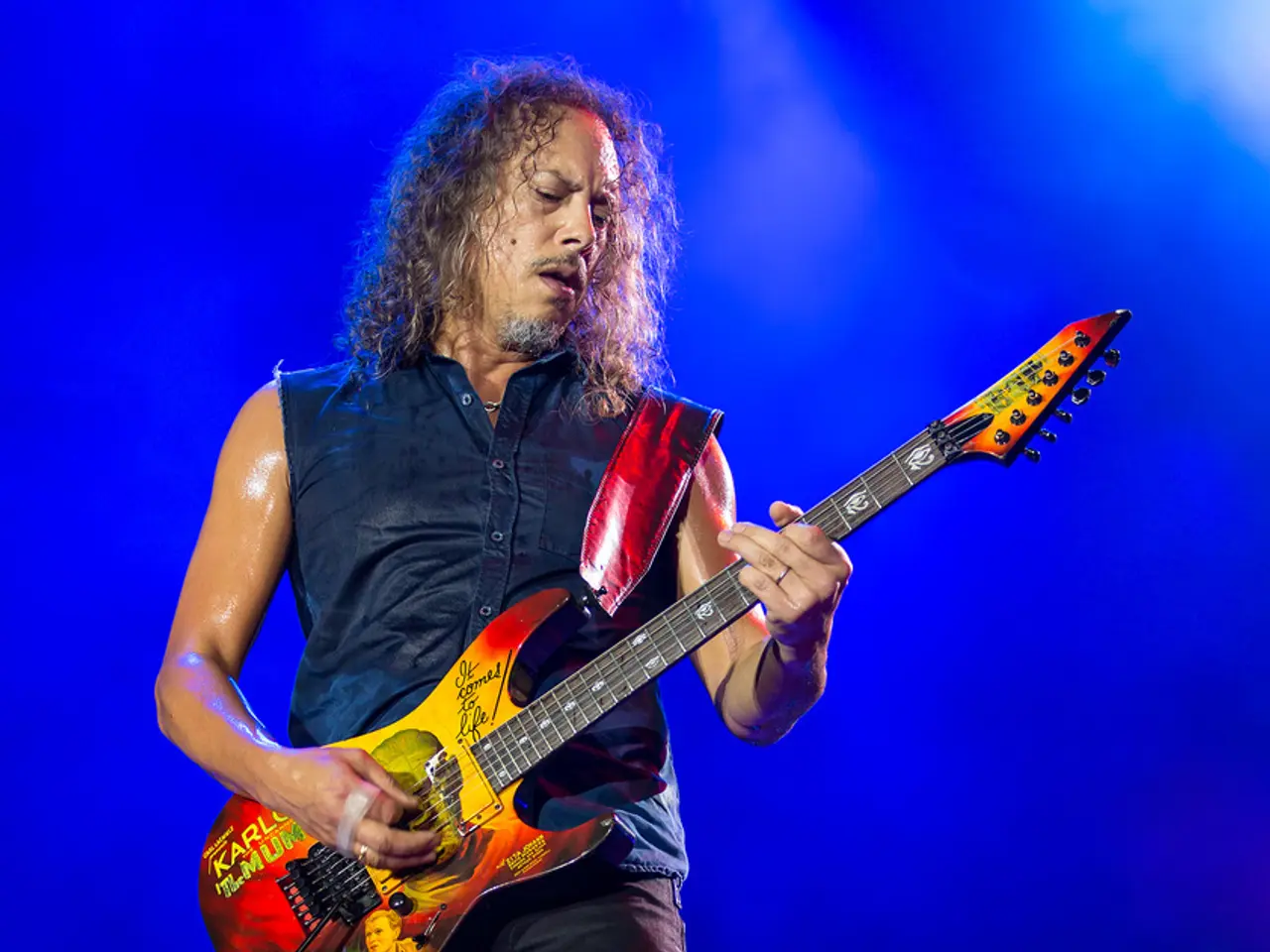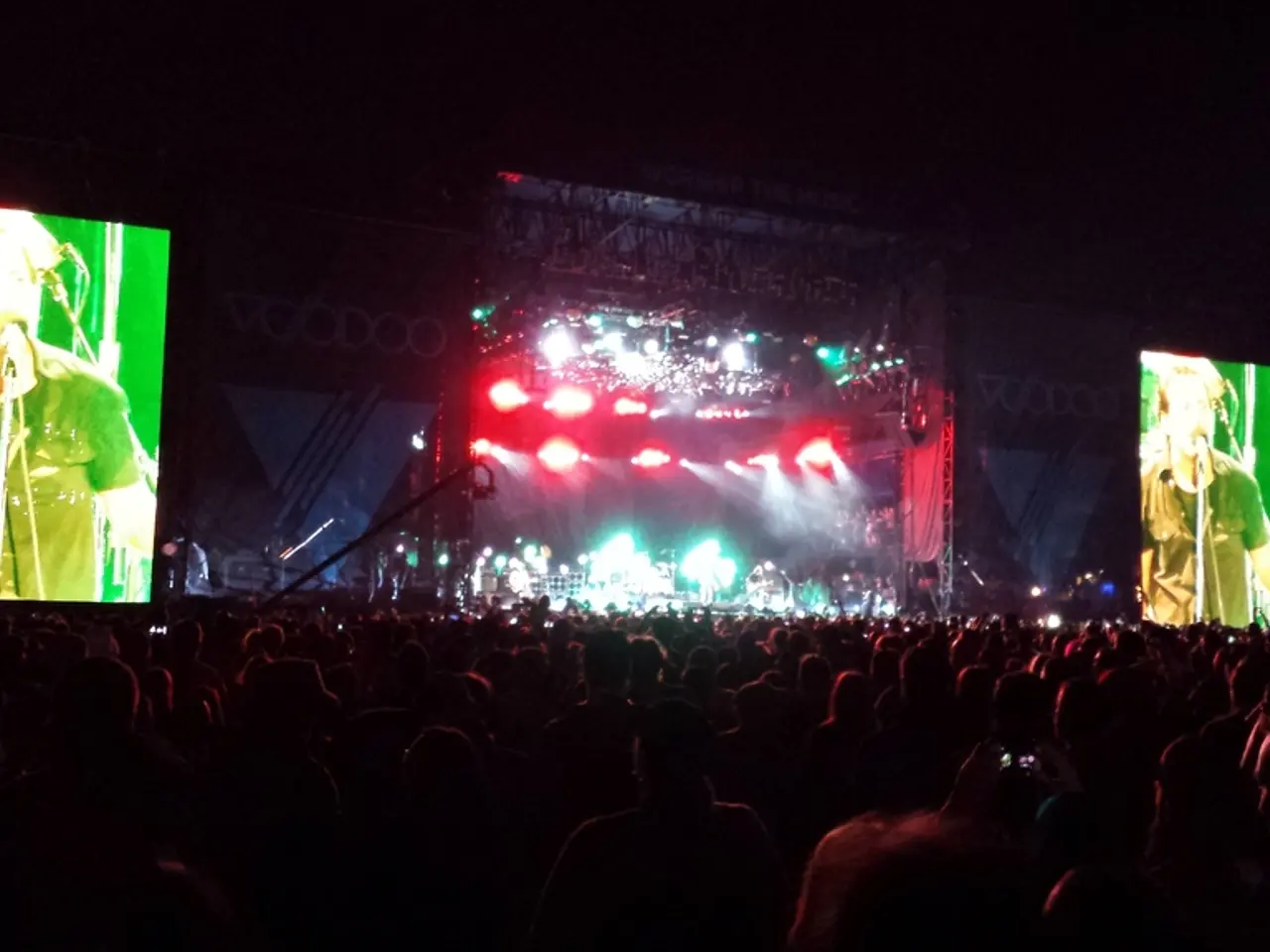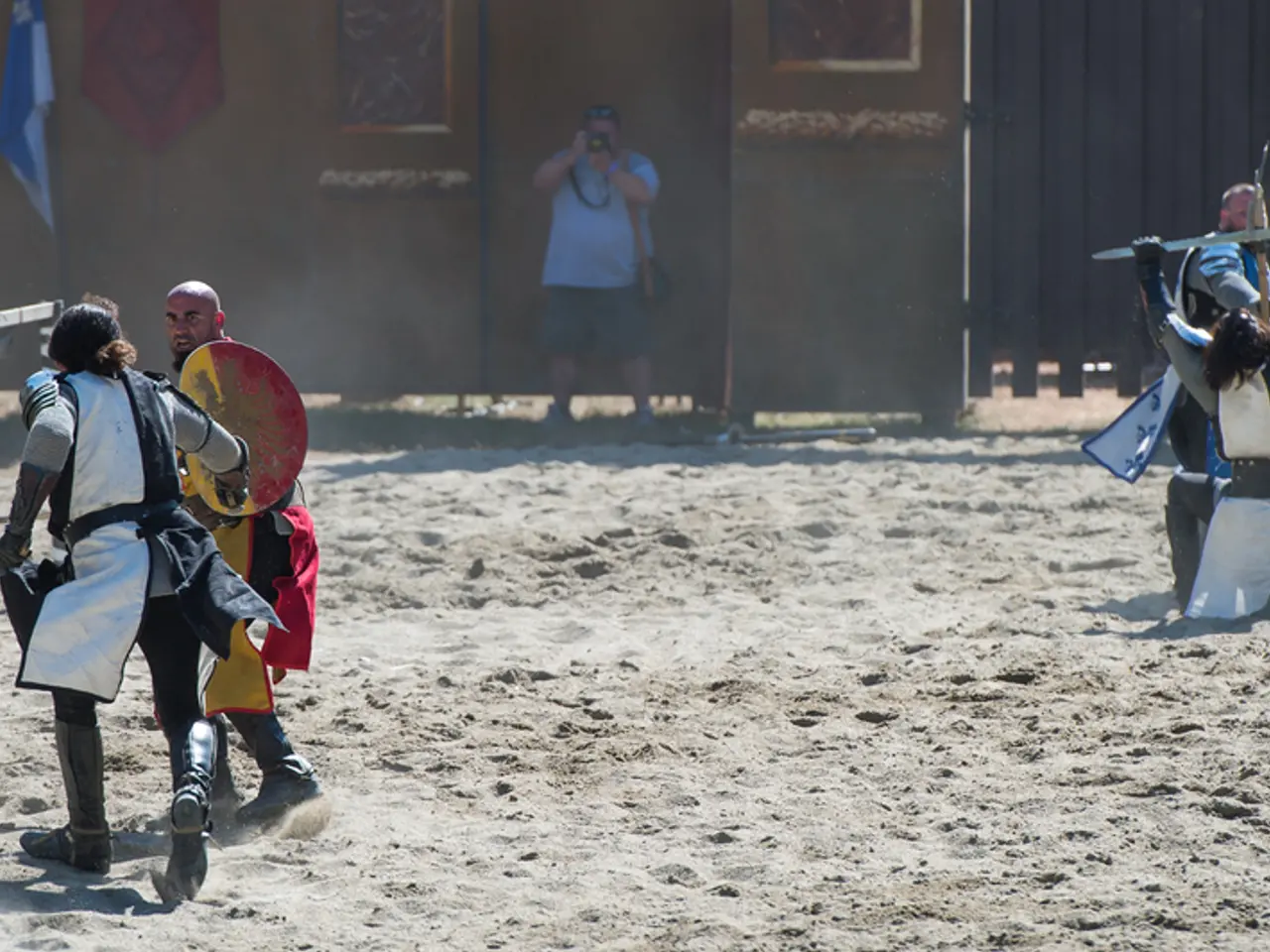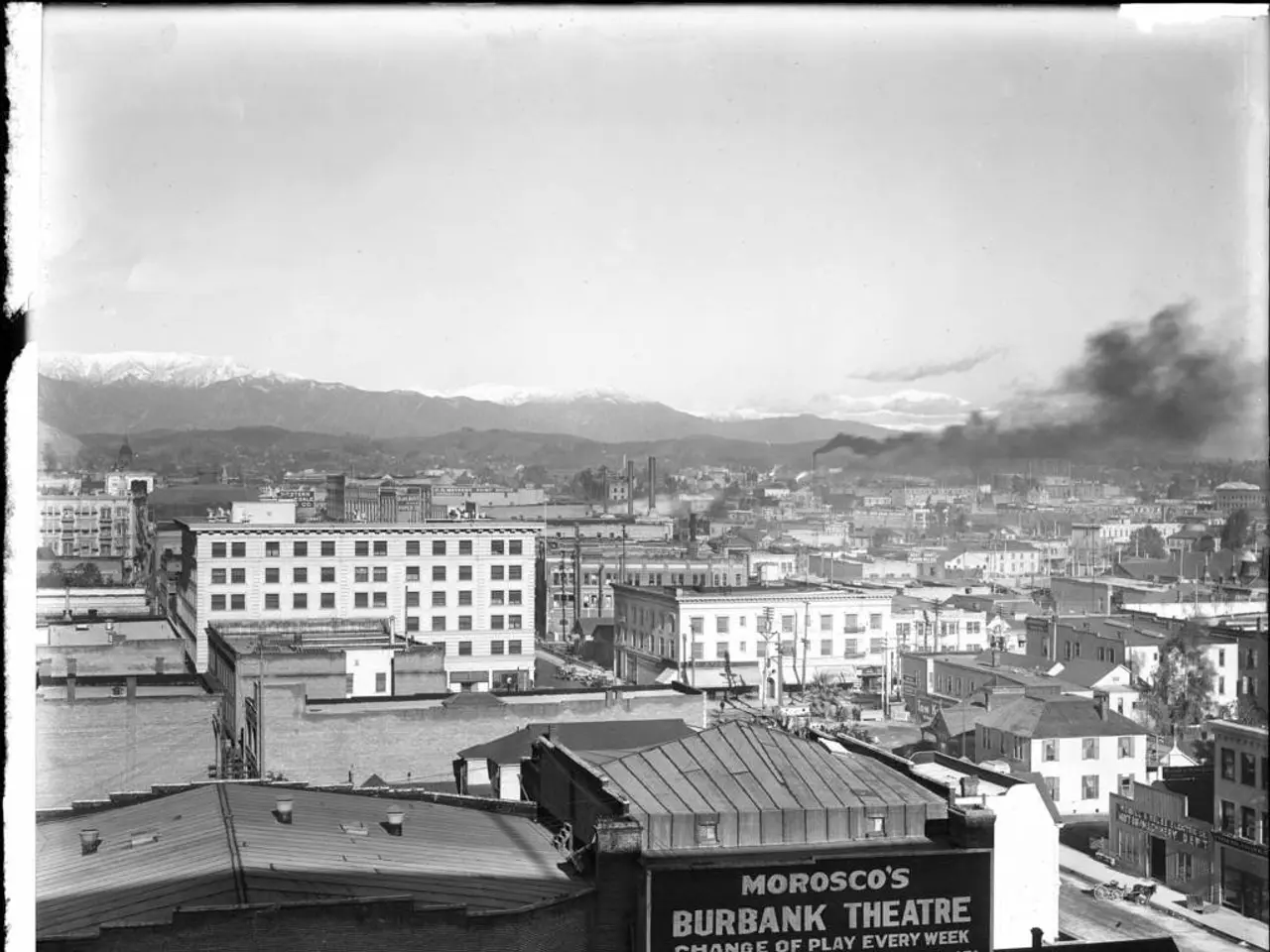Theyourexplorationofcommedia dell'arteordevilishsymbolmarking
Rebirth of Commedia dell'Arte Masks in 16th-century Italy
In the heart of the Renaissance, around 1545 in the Padua region, the commedia dell'arte masks made a significant comeback, marking a pivotal moment in Western theatre history. This rebirth was influenced by a variety of social, cultural, and political developments that emphasized satire, social commentary, and the exploration of human follies and societal roles.
The Renaissance revival of classical ideas inspired renewed interest in comedy as a serious art form. Italian scholars like Gian Giorgio Trissino, writing in the early 1500s, emphasized comedy’s moral and derisive function: laughter exposed human folly and pretension, teaching by mocking the gap between ideal and reality. This intellectual atmosphere encouraged theatrical forms, like commedia dell'arte, that used stock masked characters to satirize social types and institutions.
The political landscape of city-states such as Venice and Florence created fertile ground for satire. Masks allowed actors to safely ridicule figures of authority—military officers (Il Capitano), academics (Il Dottore), or merchants (Pantalone)—through fixed comic types and costumes. This enabled commentary on political and social pretensions without overt personal attack, thus easing censorship pressures.
The integration of masked performances into Carnival celebrations in Venice and elsewhere provided a popular and communal space where such theatrical forms flourished. The commedia masks became part of Carnival culture, amplifying their visibility and significance as symbols of both entertainment and social inversion.
Practical theatrical needs also played a role in the revival of commedia dell'arte masks. The use of distinctive masks and costumes allowed for quick audience recognition of characters, essential in itinerant and improvisational performances of the time. This practicality helped formalize and revive mask use, linking it to identifiable social caricatures like Arlecchino, Pantalone, or Il Capitano, each with symbolic costumes that reflected and mocked contemporary clothing and roles.
The commedia dell'arte initially distinguished itself from academic theatre by adopting a more plastic way of playing, shaping characters from classical comedy to be immediately recognizable. The term "maschera" in Italian refers to both the object (mask) and the type of character it embodies in the commedia dell'arte.
Over time, the caricatured masks in the commedia dell'arte have evolved, reflecting changes in society and culture. The caricatured nature of the characters serves to heighten the comedic and satirical aspects of the performances. For instance, Harlequin's forehead bump is a traditional representation of his character as diabolical, symbolizing the Devil's horn.
The caricatured masks in the commedia dell'arte are not just props but integral parts of the characters themselves. This enduring tradition continues to inspire and influence contemporary artists and performers, with the masks being adapted and reinterpreted in various forms of modern theater and performance art.
In essence, the rebirth of commedia dell'arte masks in 16th-century Italy was driven by Renaissance intellectual currents valuing comedy’s moral critique, the political climate favoring coded satire, the festive public culture of Carnival, and the practical demands of popular and improvisational theater. These conditions together fostered a theatrical tradition blending performance, social commentary, and masked symbolism characteristic of Italian Renaissance cultural life.
The satirical nature of the commedia dell'arte was well-suited to the political climate of 16th-century city-states like Venice and Florence, as masks allowed actors to criticize social institutions and figures of authority through fixed comic types. (Referencing Renaissance intellectual currents, Carnival celebrations, and the practical demands of popular and improvisational theater)
The caricatured masks in commedia dell'arte continue to inspire contemporary artists and performers, as they are not mere props but integral parts of the characters themselves, embodying symbolism that reflects societal roles and attitudes. (Referencing the evolution of the masks over time and their enduring influence on modern theater and performance art)







